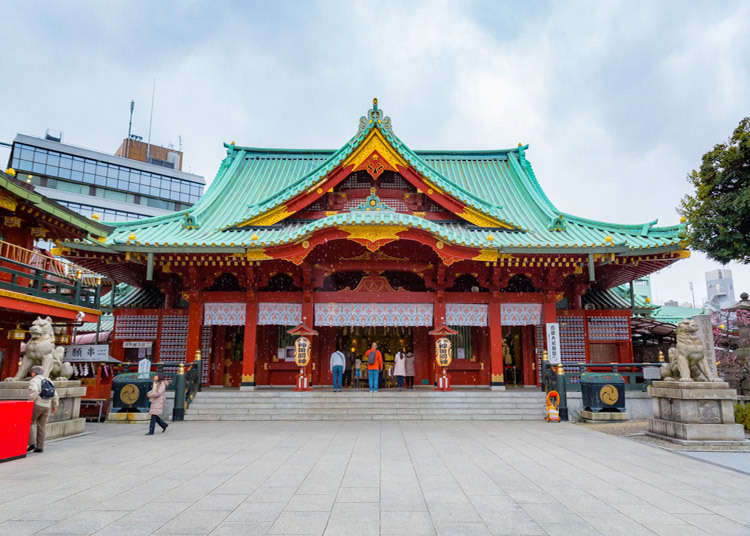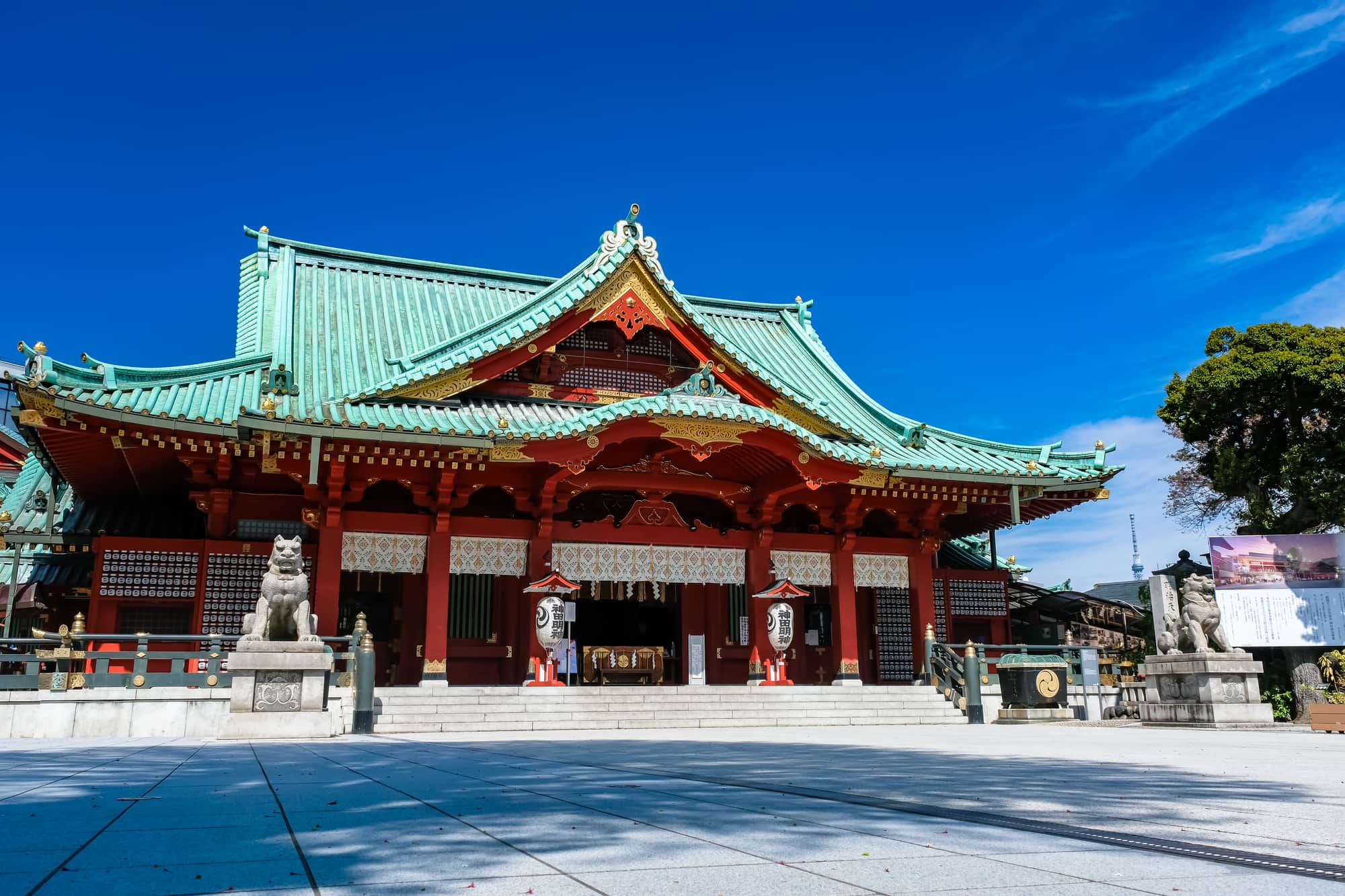

Kanda Myojin
The ancient guardian of central Tokyo that blesses tech startups and anime culture.
A 1,300-year-old shrine that uniquely blends deep tradition with modernity, acting as the spiritual guardian for the electronics mecca of Akihabara and Tokyo's business districts.
History of the Shrine
Founded in 730 AD near modern-day Otemachi, Kanda Myojin has a long and storied history as one of Tokyo's most important shrines. It was highly revered by the samurai class. In particular, Tokugawa Ieyasu paid his respects here before the pivotal Battle of Sekigahara in 1600. Having won the battle and unified Japan, he attributed his success to the shrine's divine favor and became a major patron. The shrine was moved to its current location in 1616 to its present location as part of the Edo castle's expansion.
Today, the shrine continues its role as a guardian of prosperity, but its parish has evolved. It now watches over 108 neighborhoods, including the traditional business districts of Kanda and Nihonbashi, as well as the world-famous hub of electronics, gaming, and anime culture, Akihabara. In a remarkable display of adaptability, the shrine has embraced this modern aspect of its parish, positioning itself as a guardian for the digital age.
The Enshrined Kami
Kanda Myojin enshrines a unique combination of deities. Two of them, Daikokuten and Ebisu, are members of the Seven Lucky Gods, both associated with wealth and prosperity. Daikokuten, with his magic mallet, is a god of fortune and household prosperity. Ebisu, with his fishing rod, is the patron of fishermen, merchants, and good luck. Together, they are a powerful duo for business success.
The third and most controversial kami is Taira no Masakado, a rebellious 10th-century samurai who led a revolt against the central government and was subsequently deified after his death to appease his powerful spirit. He is a fierce protector of the local region. This trio represents a powerful blend of blessings for prosperity, good fortune, and warding off evil.
What to See
The shrine buildings are painted in a vibrant vermilion and decorated with gold and lacquer, creating a striking impression. The main gate, the 'Zuishin-mon', is a beautiful two-storied structure made of cypress wood. Inside the grounds, you can find separate shrines for the enshrined kami and various statues, including a large statue of Daikokuten.
The most unique aspect is the shrine's fusion with modern culture. It's not uncommon to see 'ema' (wooden prayer plaques) decorated with anime characters, or to find talismans specifically designed to bless electronic devices. These 'IT Protection' charms are designed to protect computers from viruses, bugs, and system failures, making the shrine a popular pilgrimage site for IT professionals, entrepreneurs, and gamers seeking divine favor for their digital endeavors.
Major Festivals
The 'Kanda Matsuri' is the shrine's main festival and one of the three great Shinto festivals of Tokyo, alongside the Sanno Matsuri and Fukagawa Matsuri. The main festivities are held only in odd-numbered years and are a massive, week-long event culminating in a grand procession through central Tokyo. Hundreds of people parade through the streets carrying over 100 'mikoshi' (portable shrines) from the various neighborhoods, creating a vibrant and energetic spectacle that draws huge crowds. The festival is a powerful display of community spirit and a prayer for the continued prosperity of Tokyo.
Support Kanda Myojin
Your participation helps preserve this sacred site for future generations. Every digital offering contributes to real shrine preservation efforts across Japan.
By making an offering, you become part of a global community honoring Japanese spiritual traditions and supporting the cultural heritage that has been cherished for centuries.